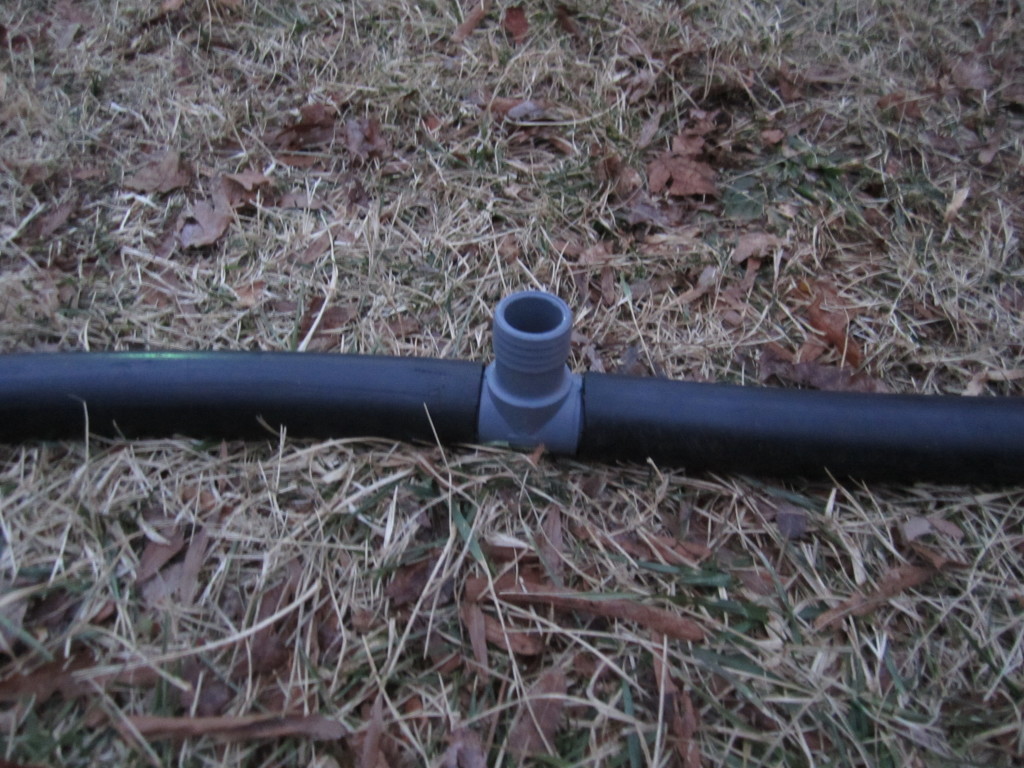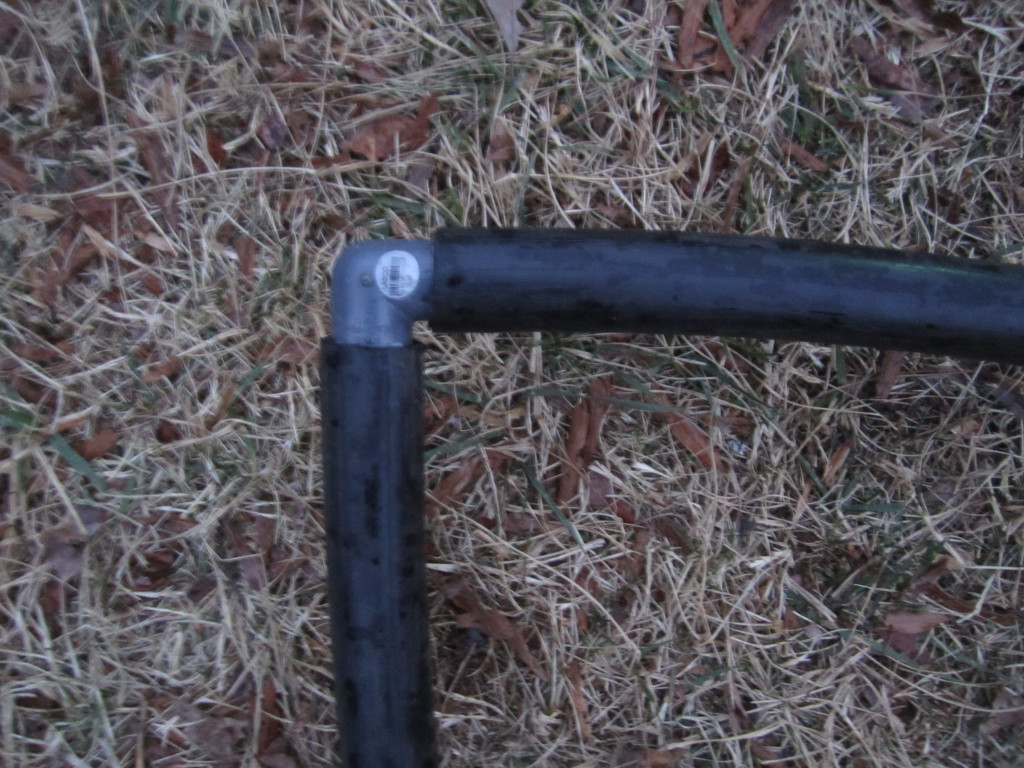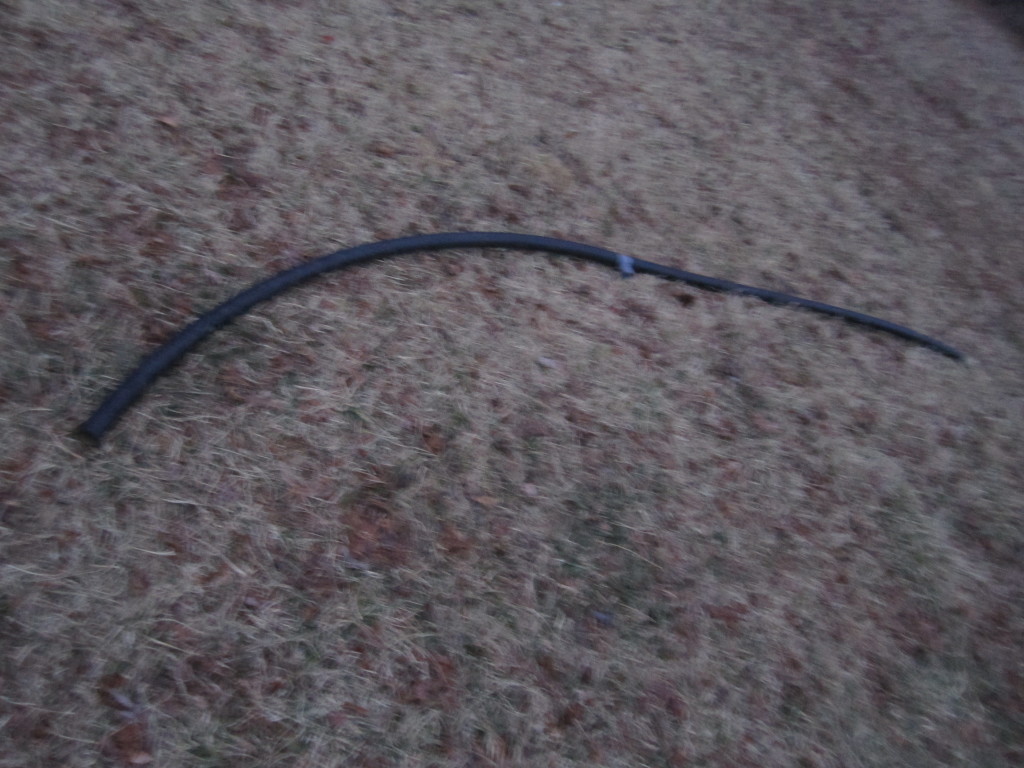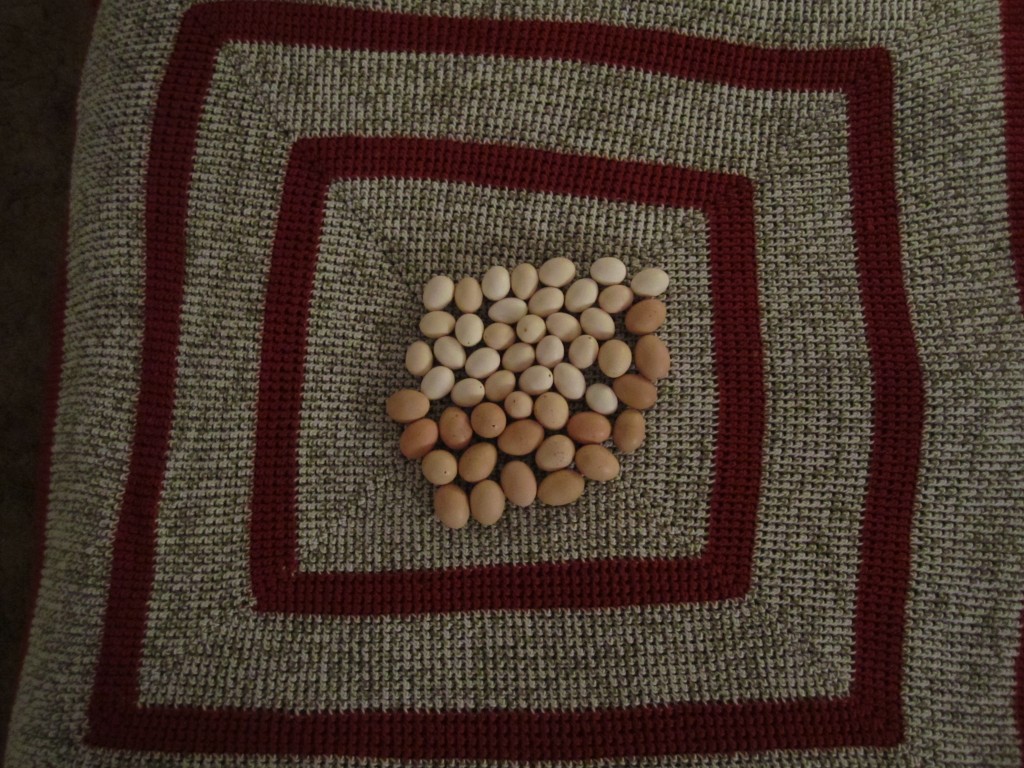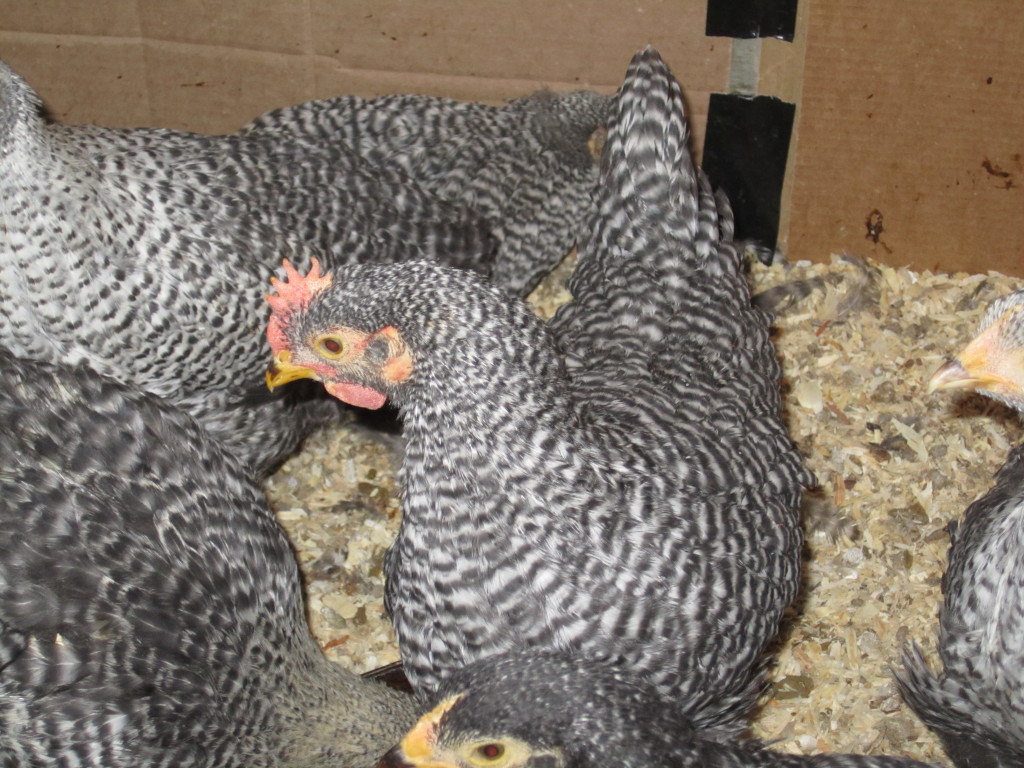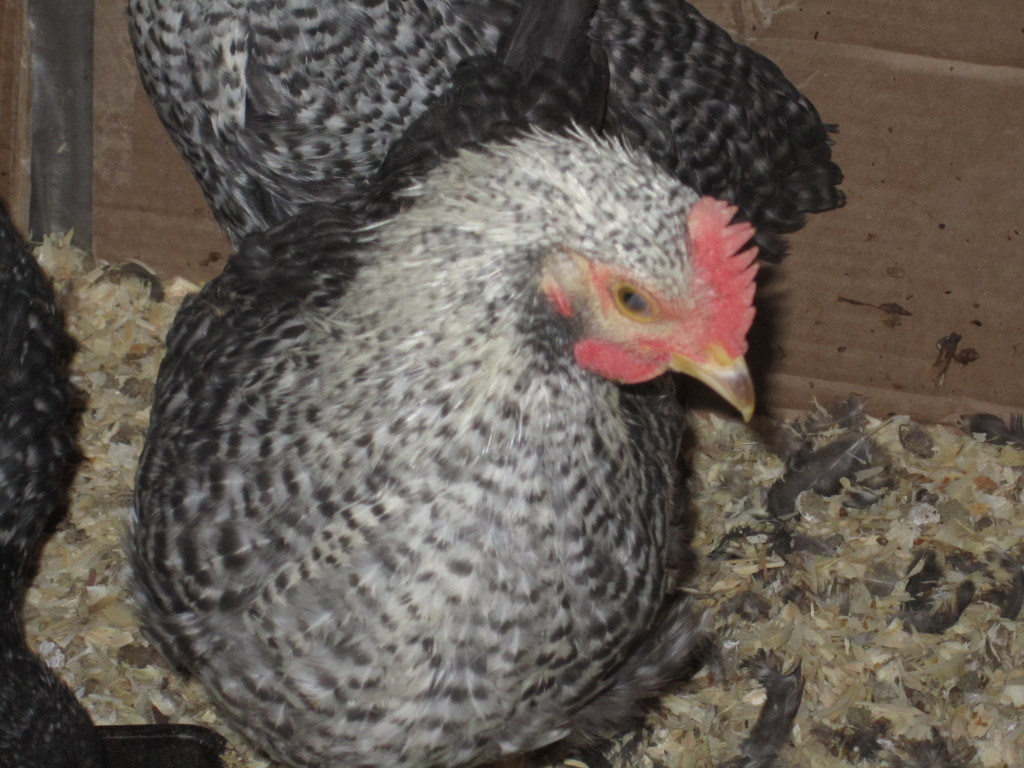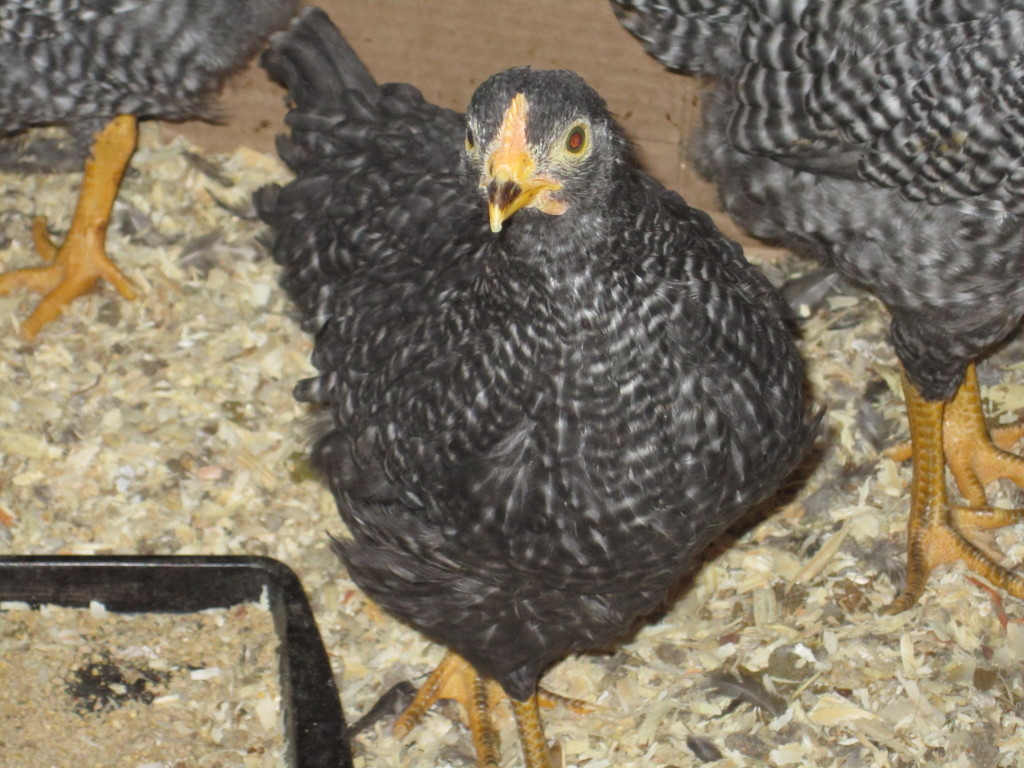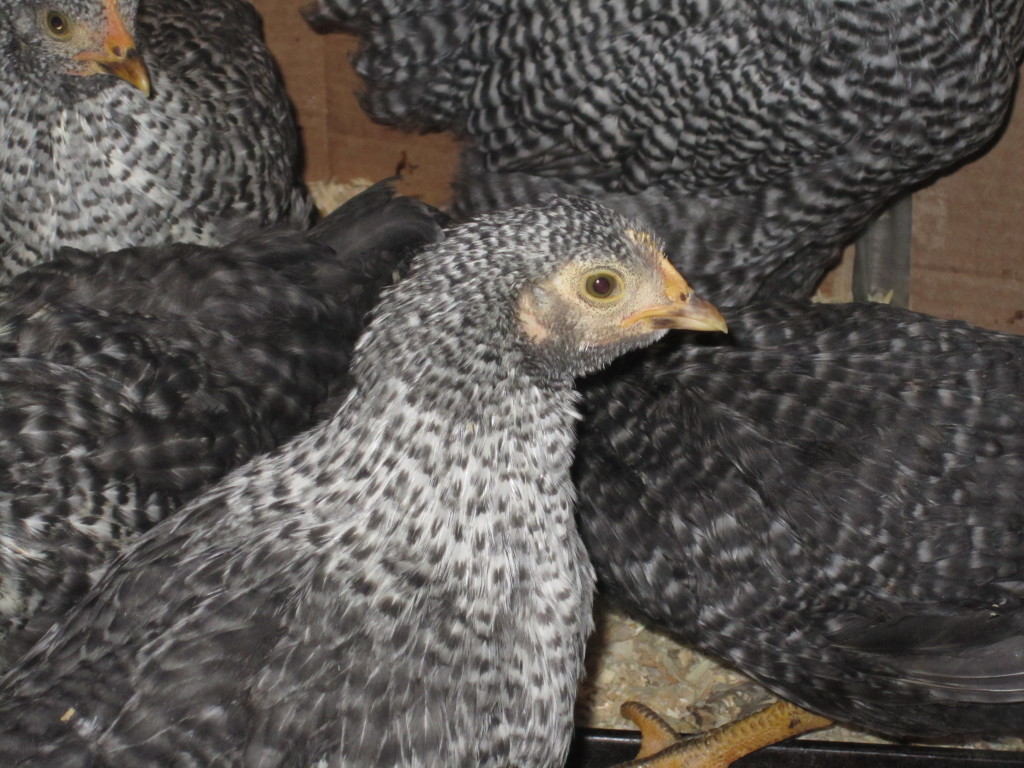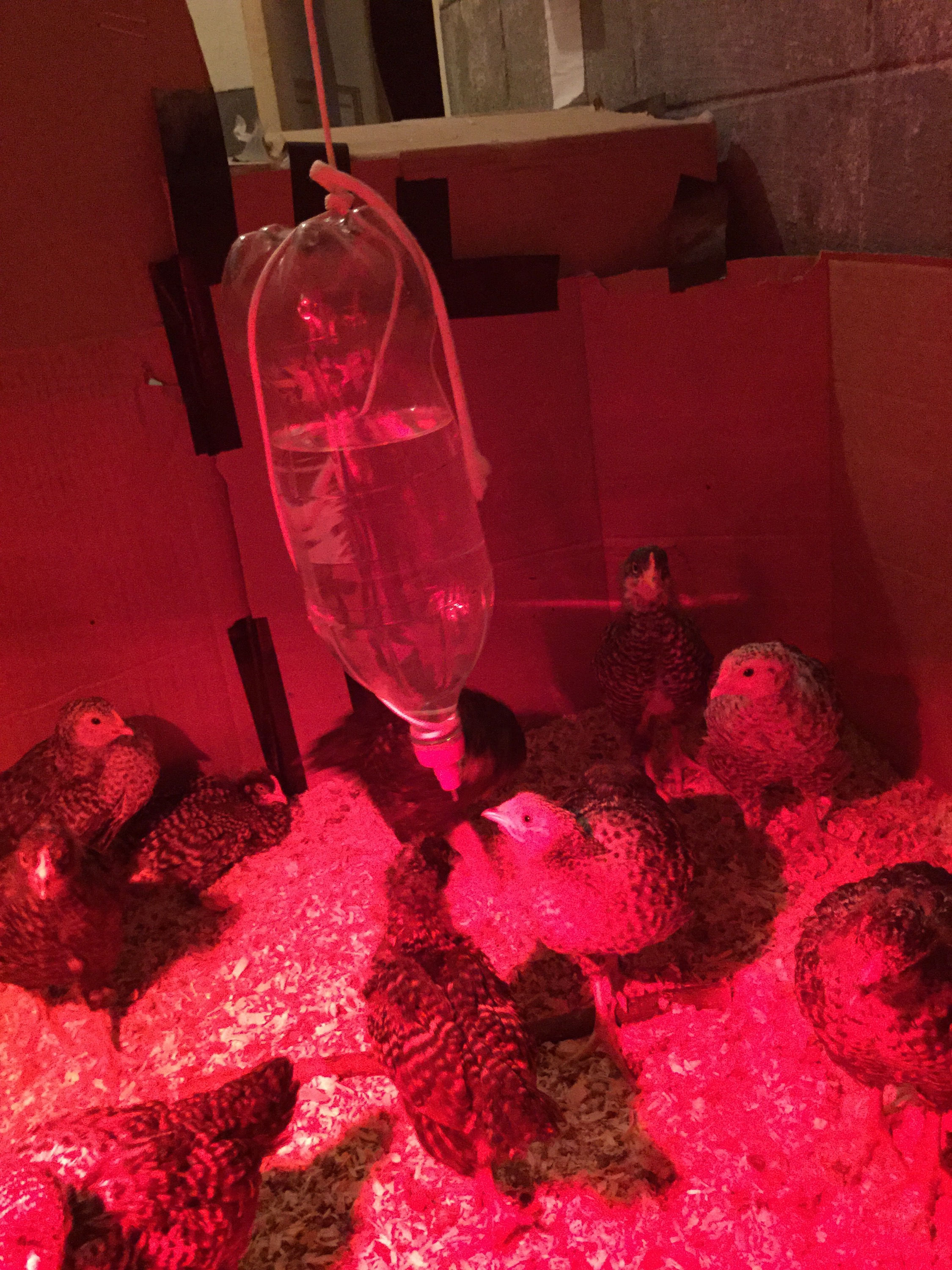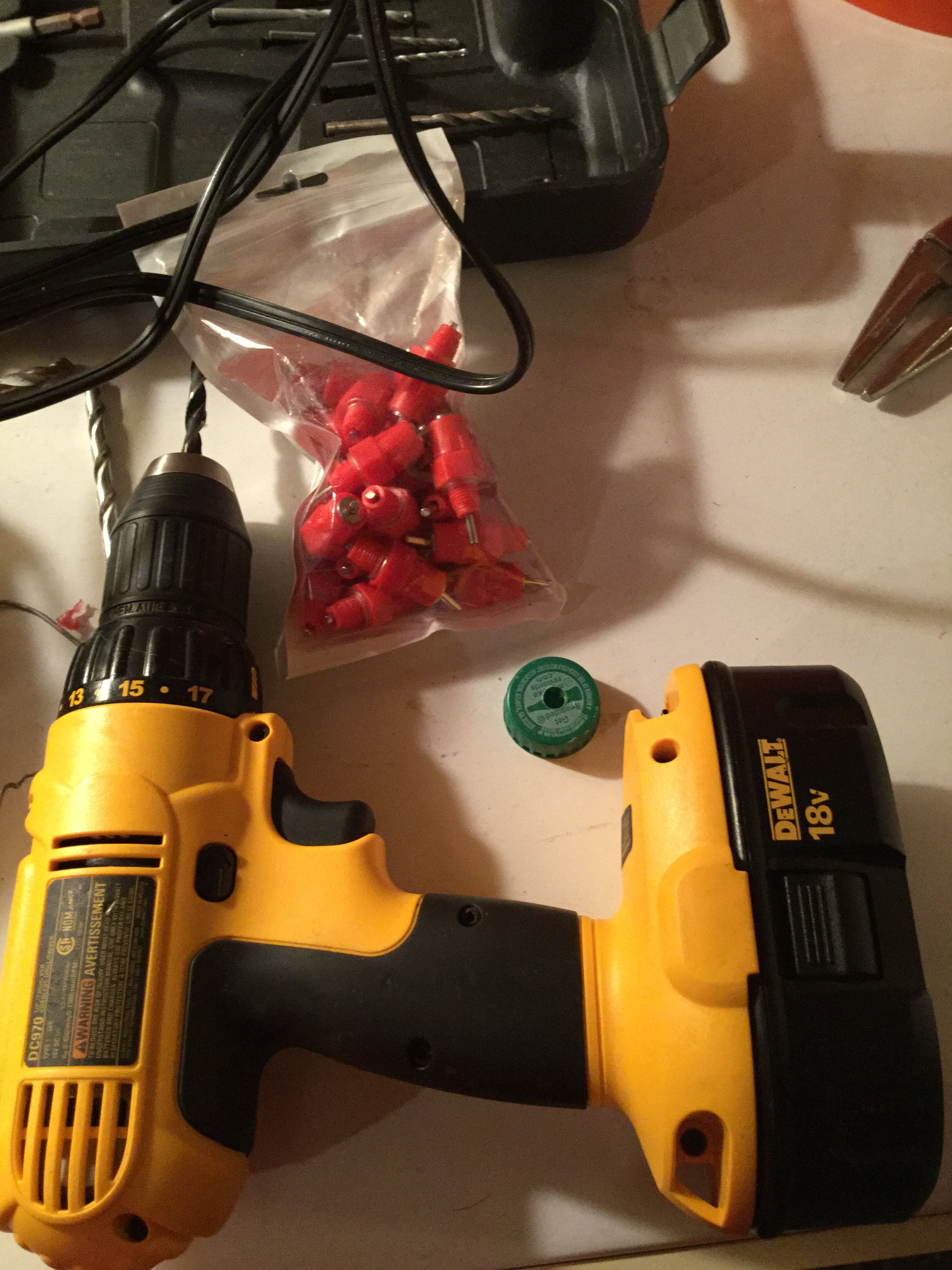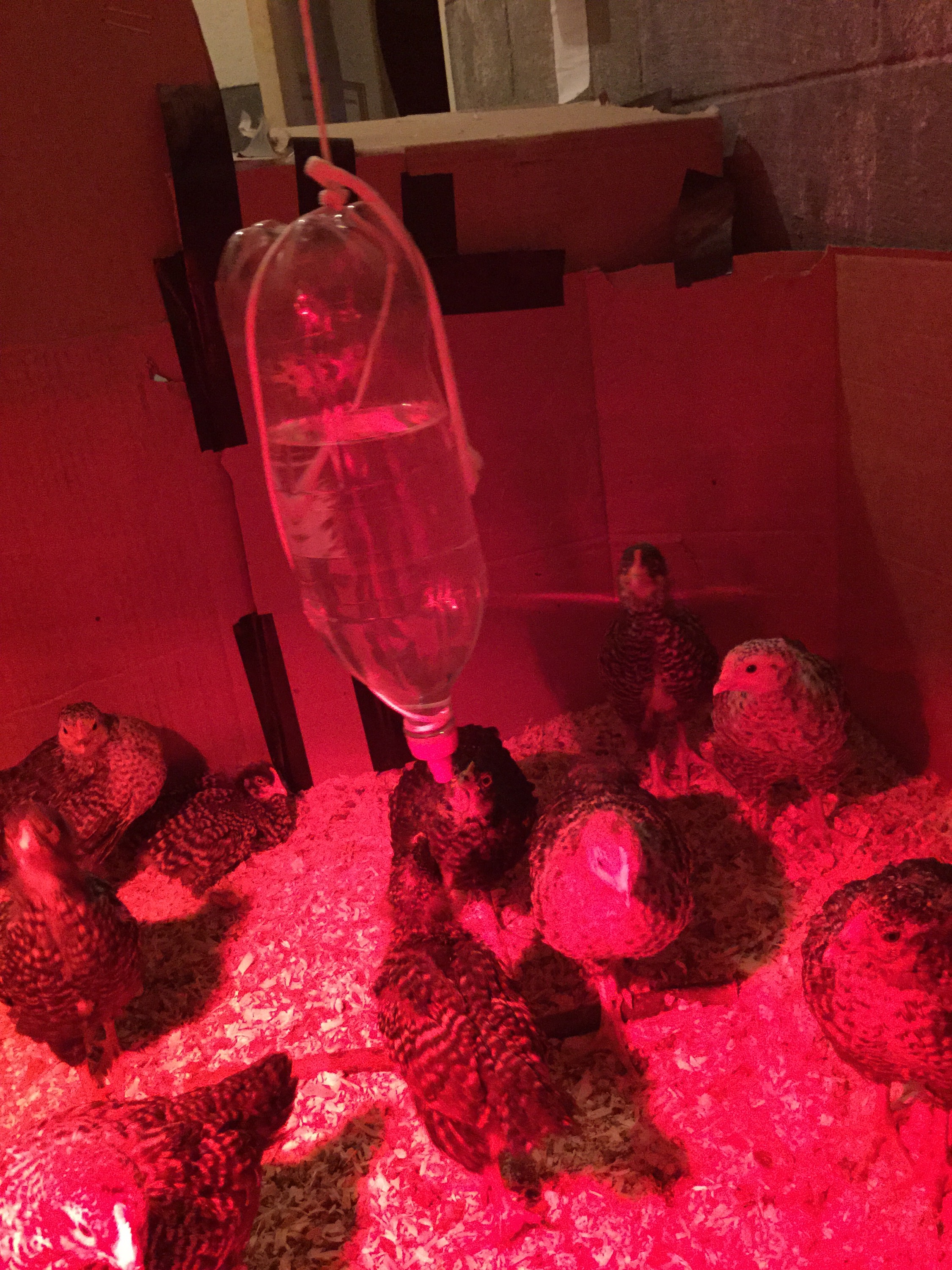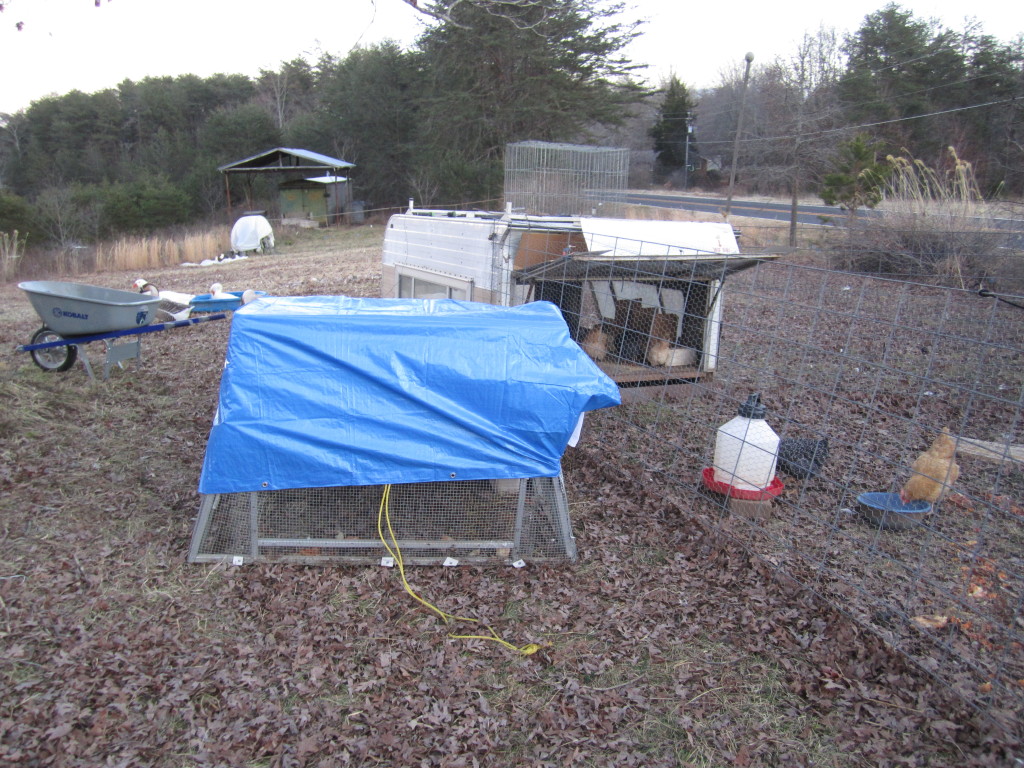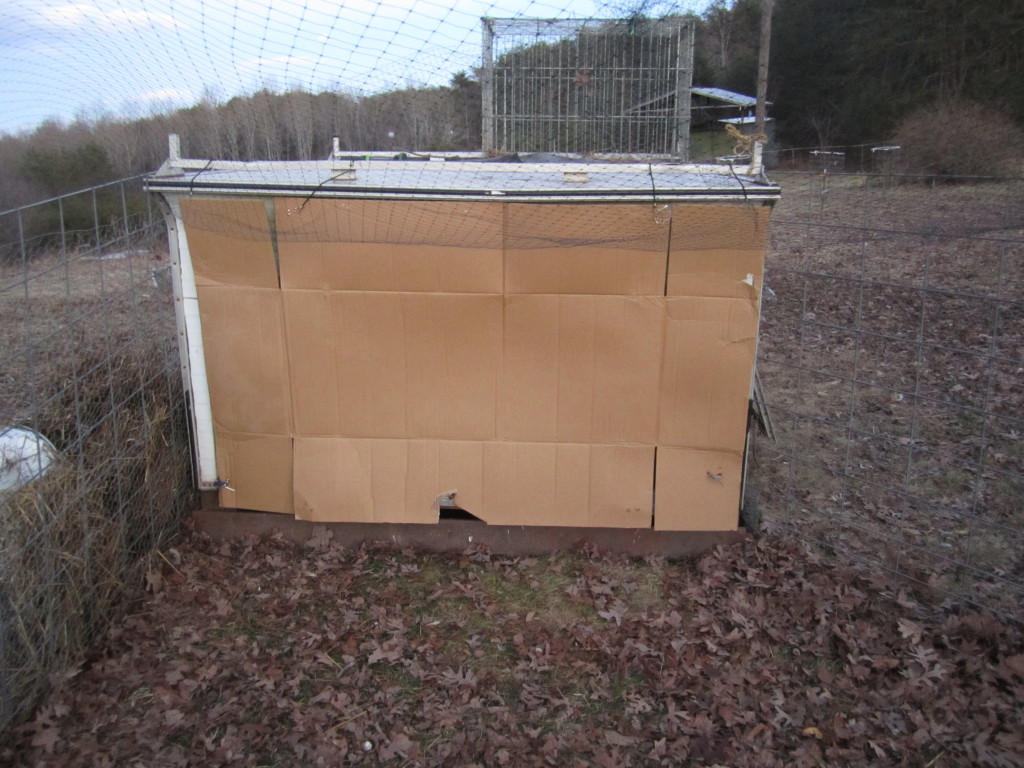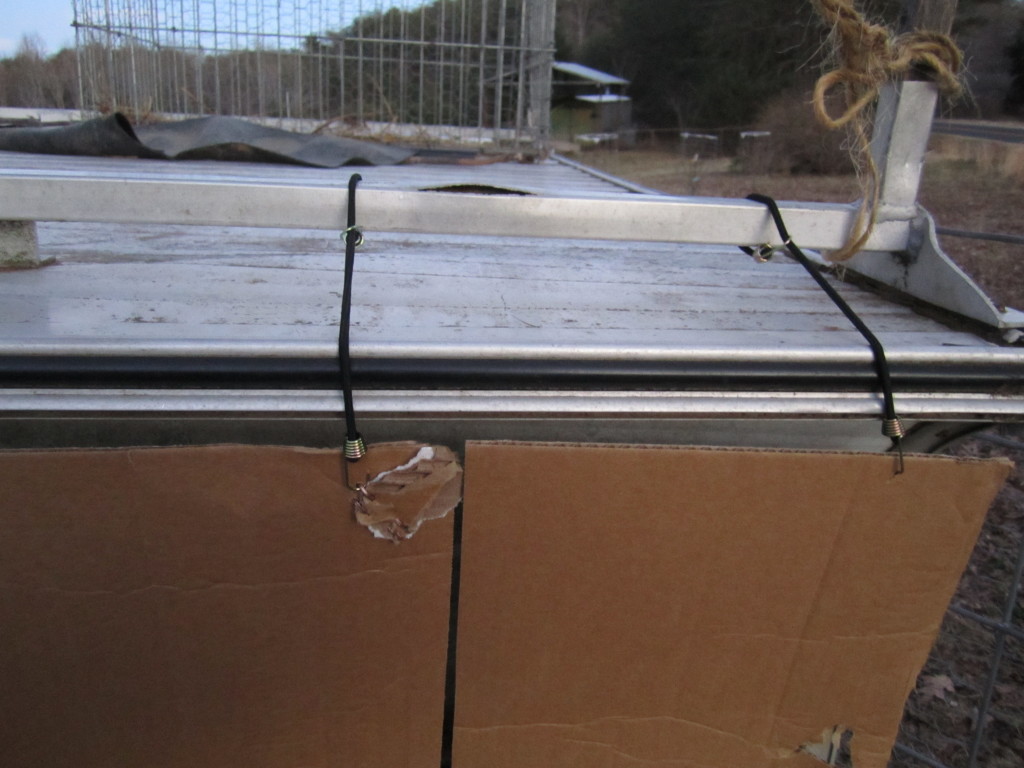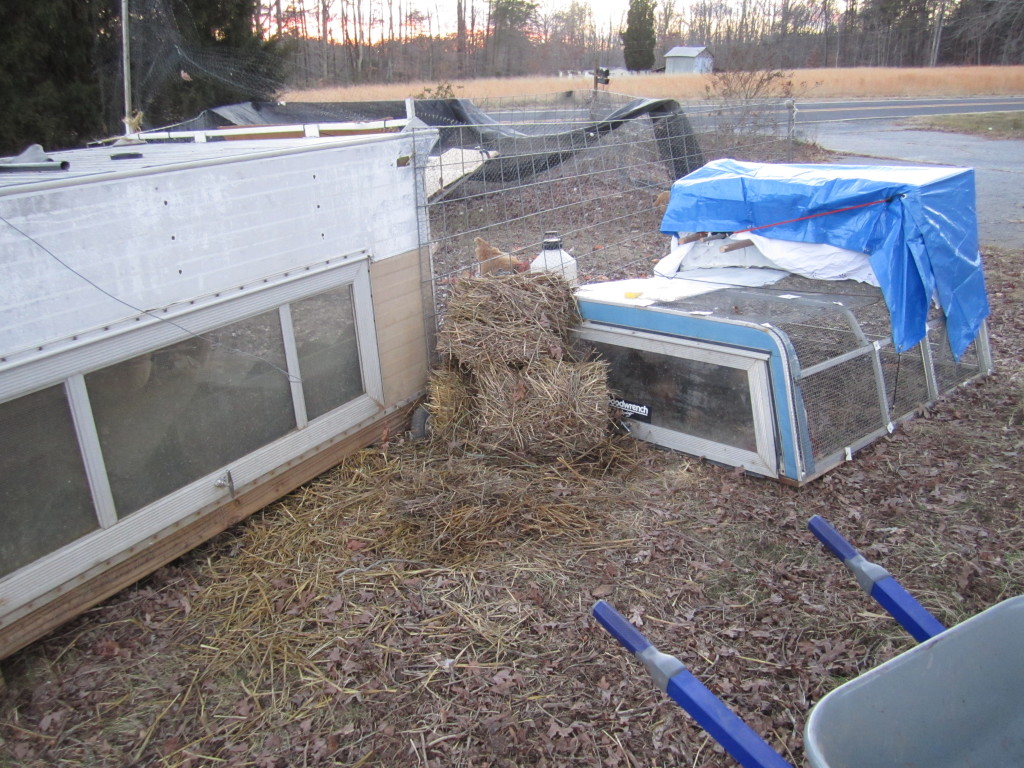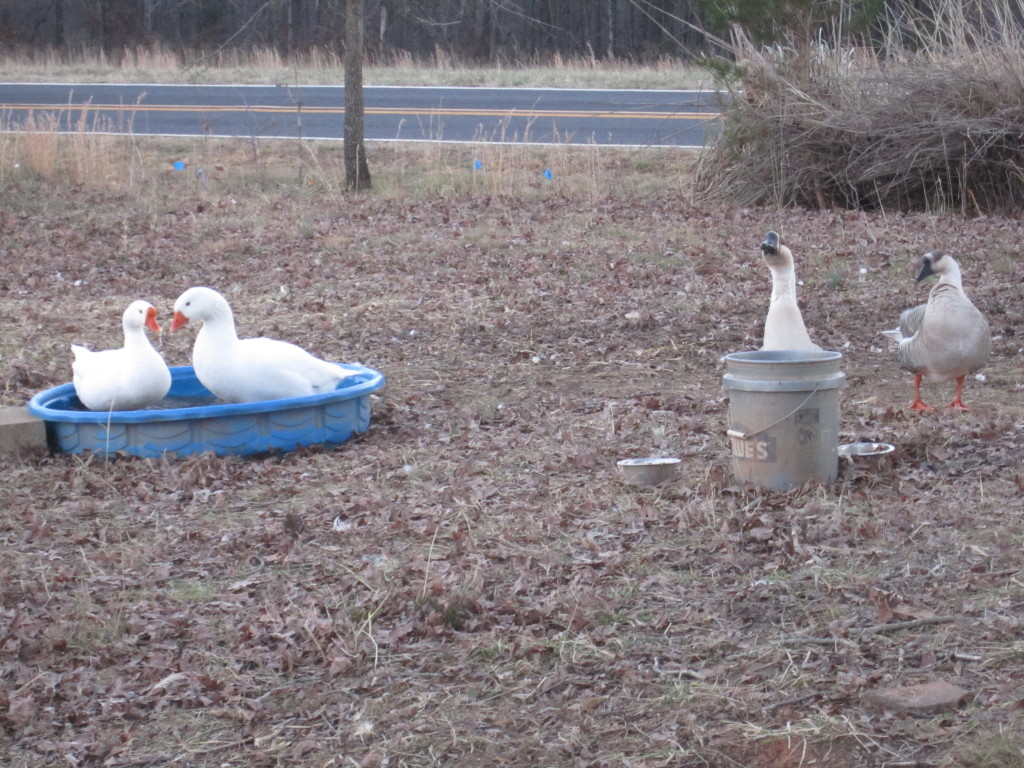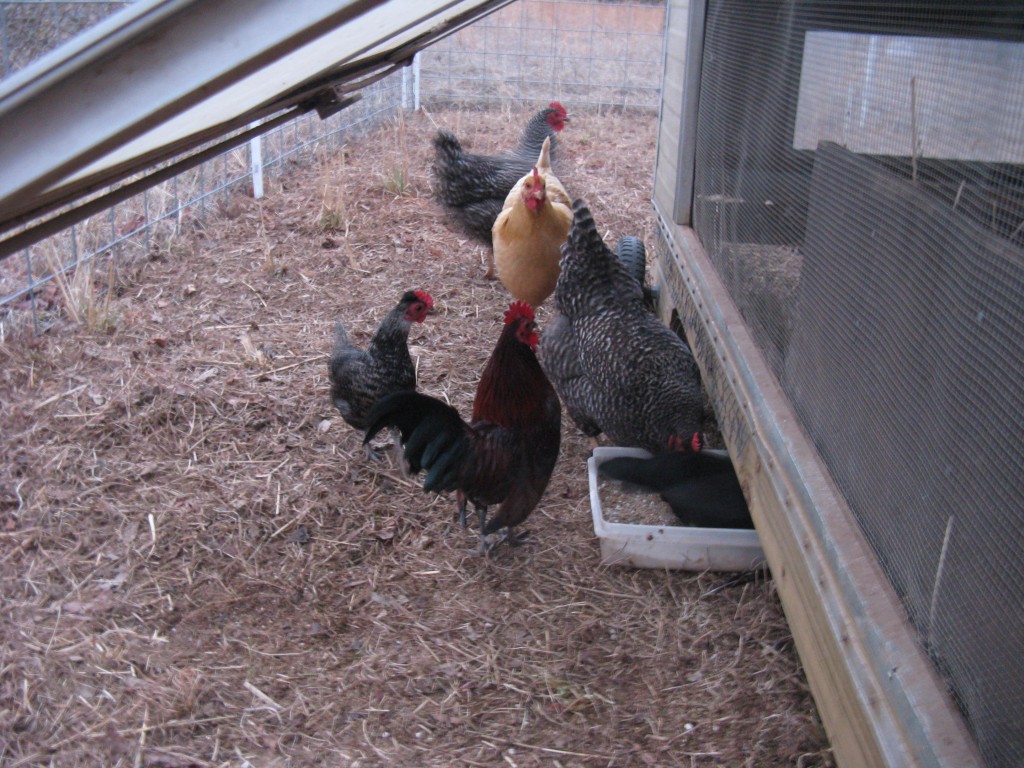This year we’re hitting the ground running with a lot of new ideas and plans being put into action!
Pigs
You might have already read about our new potbellied pigs and their new weather-proofed pen! Here is the lowdown on our pigs: We have…
- One adult male who is about 3 years old. His name is Gandalf and he is our breeding male. He still has his tusks, which makes him more dangerous than the other adults. Even though he is generally friendly (his old owner told us that Gandalf thinks he is a dog), he can still push up against you or rub up against you affectionately with his face and hurt you. We have to be sure that when we are near him, we wear thick pants and gloves.
- Two adult females who are about 2 1/2 years old. They are sisters and we haven’t named them yet. They look very similar but one has yellow at the end of her tail and the other does not. We’re just calling them The Sisters for now. They are less interested in human contact than Gandalf is but are not unfriendly. They just have not been socialized as much as Gandalf, but I have noticed that they have become more interested in us when we come over to their pen.
- Four piglets. Three of them are from one litter and are 2 1/2 months old and the fourth one is from another litter and is 1 1/2 months old. Half are males and half are females.
Our long-term plans for the pigs are to keep the breeding trio as just that, and to allow each mother to have 2 litters per year. Their litters will be humanely harvested as meat once they have grown up.
Turkeys
You might have read our most recent post about beginning our turkey operation and raising birds for this year’s Thanksgiving!
We just ordered our turkeys the other day: 50 Bourbon Red Heritage Turkeys and 20 Heritage Turkeys that will be a mix-and-match of 6 heritage breeds. We plan to keep a couple breeding groups so we can hatch our own eggs in subsequent years. We also plan to eat many of them ourselves! Yum!

A baby turkey (called a poult).
Ducks
Around the time that we get our baby turkeys in April, we will also be getting some ducks to start a laying operation. We haven’t ordered these guys yet, but it looks like we’re going to be getting Cayuga ducks which are a beautiful black/green color, lay gray or even black eggs, and are very personable. We’ll also be getting another breed as well, to be determined.

A beautiful cayuga duck! We can’t wait for those gray eggs!
Chickens
Since the winter weather has shut down a lot of our outside chores except for feeding and watering the animals, some of our ideas and projects have shut down too. For example, the chicken tractor that we began building a few weeks ago is covered in snow right now and still incomplete. Since our chickens have gotten even larger since we began the chicken tractor, we realized that we can simply add them to the adult flock in a few days once the weather gets a bit warmer. The bantams will leave their bantam tractor and live with the standards for a while, and the younger female chickens will leave their basement home and join the others. The tractor can then house the younger male chickens until we butcher them (leaving one barred rock and one hybrid male for breeding).
And, in three more months the new hens should start laying eggs, adding to how many eggs we’ll get!
.:.
